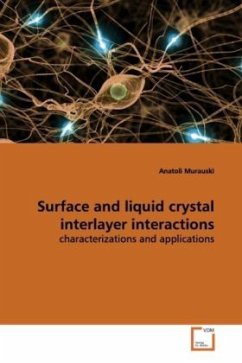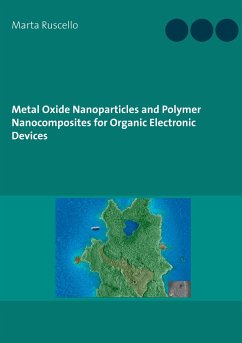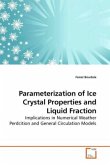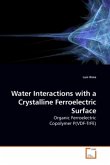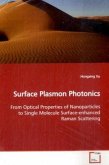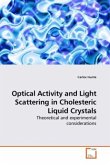The key design of any liquid crystal display,
modulator or cell is layered structure. Located
between two flat surfaces LC material is oriented by
the surface through surface-LC anchoring
interaction. This book describes two original
methods for determination of polar anchoring
coefficient: electrical (capacity measurement) and
optical (reflection measurement). The methods apply
novel compensation principle to increase the
accuracy. Multidomain patterning of alignment layer
structure allows modifying the anchoring properties
to reach the best performance of LC device.
Investigation of domain size influence on polar
anchoring energy and pretilt angle is presented.
Impotence of interlayer interactions becomes
apparent in ferroelectric liquid crystals. Study of
dipole-dipole interactions afforded ground for
unifying theory of ferroelectric, antiferroelectric
and twisted phases. The theory developed here also
explains the intermediate antiferri phase. Developed
FLC modulator is applied for size reduction of
Zeeman laser stabilization system. Book can be
interesting for specialist in condensed matter
theory, LC devices and biological layered structures.
modulator or cell is layered structure. Located
between two flat surfaces LC material is oriented by
the surface through surface-LC anchoring
interaction. This book describes two original
methods for determination of polar anchoring
coefficient: electrical (capacity measurement) and
optical (reflection measurement). The methods apply
novel compensation principle to increase the
accuracy. Multidomain patterning of alignment layer
structure allows modifying the anchoring properties
to reach the best performance of LC device.
Investigation of domain size influence on polar
anchoring energy and pretilt angle is presented.
Impotence of interlayer interactions becomes
apparent in ferroelectric liquid crystals. Study of
dipole-dipole interactions afforded ground for
unifying theory of ferroelectric, antiferroelectric
and twisted phases. The theory developed here also
explains the intermediate antiferri phase. Developed
FLC modulator is applied for size reduction of
Zeeman laser stabilization system. Book can be
interesting for specialist in condensed matter
theory, LC devices and biological layered structures.

